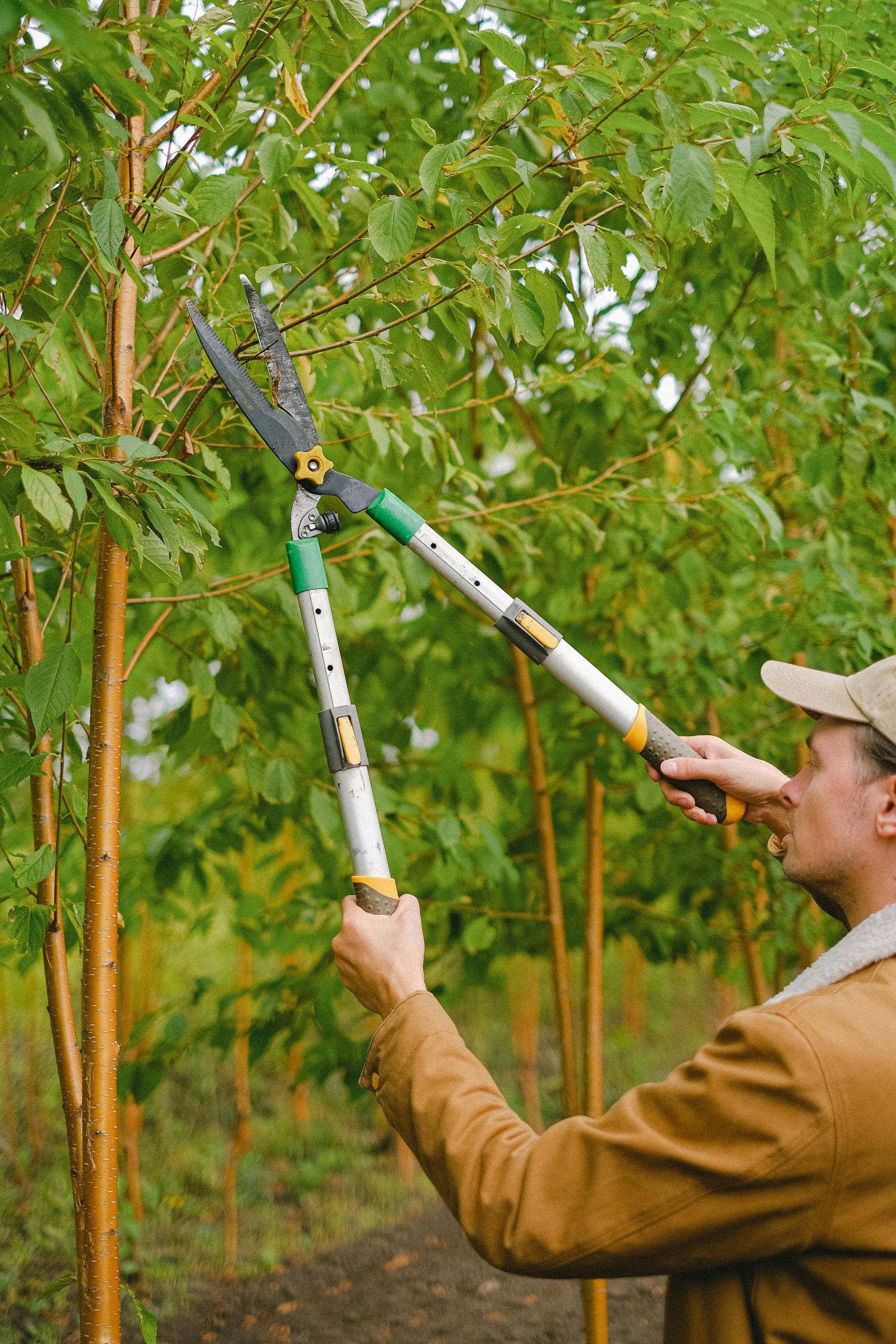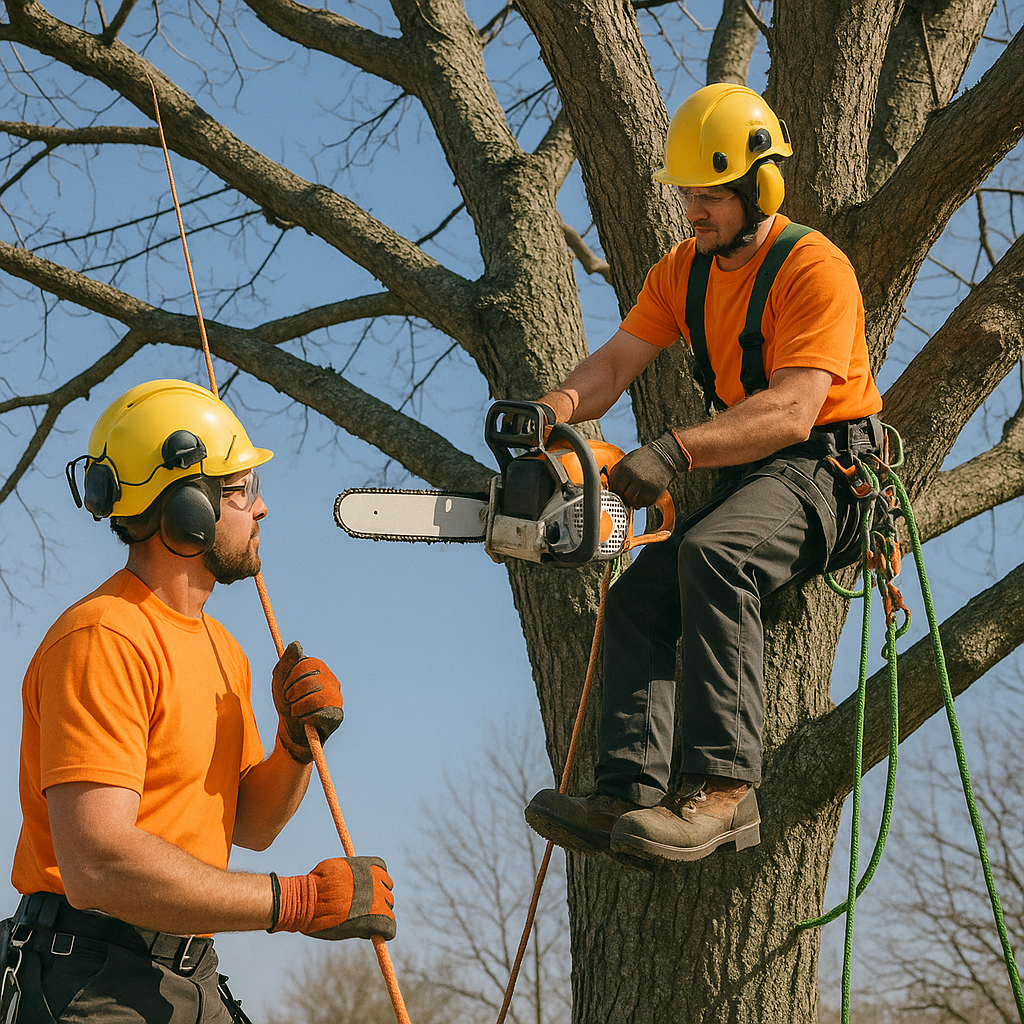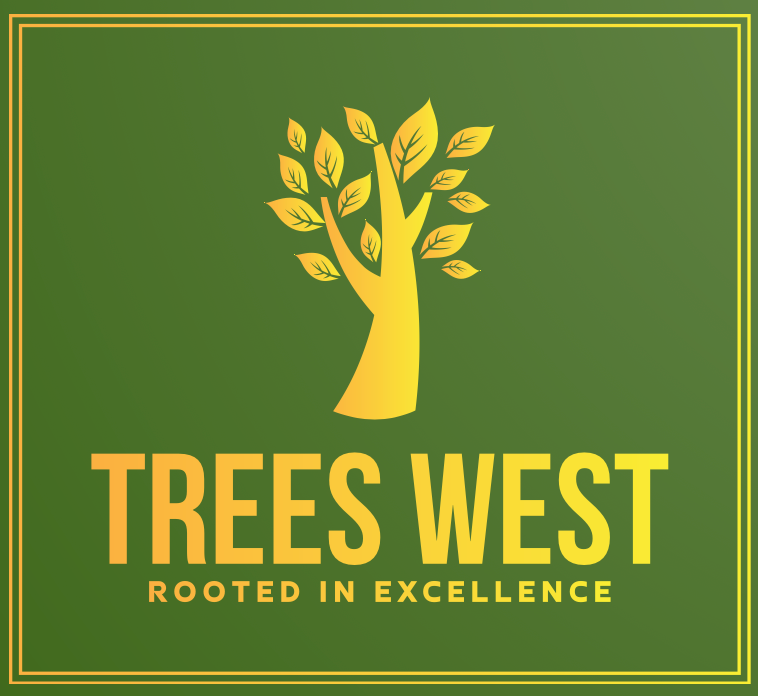The Dangers of DIY Tree Removal Explained
Key Takeaways
- DIY tree removal risks serious injuries due to unpredictable tree behavior and lack of professional training.
- Without proper safety gear, falling branches and debris can cause severe harm during tree cutting.
- Incorrect cutting techniques can lead to uncontrolled tree falls, endangering people and property.
- Trees near power lines or structures increase the risk of costly damage if removed improperly.
- Improper removal harms soil stability and wildlife habitats, causing environmental damage and ecosystem disruption.
Common Risks Associated With DIY Tree Removal
Tackling tree removal yourself might seem like a good way to save money, but it carries serious risks. Tree felling involves more than chopping wood—it requires knowing how a large tree will fall to avoid property damage or injuries. Even small mistakes can cause cuts, broken bones, or worse, as trees often behave unpredictably with snapping branches or splitting trunks. Many people underestimate how tough and risky tree removal can be, which is why professionals train carefully before picking up an axe or saw.
Essential Safety Equipment You Might Lack
Handling tree removal safely takes more than gloves and sturdy boots. Lacking this gear makes tree removal risky and leaves you unprepared for the job. To chop down a tree without risking injury, you need essential safety equipment:
- Hard Hat – Protects your head from falling branches and other debris.
- Safety Goggles – Shields your eyes from flying sawdust and wood chips.
- Ear Protection – Guards your hearing against the loud noise produced by chainsaws.
- Chainsaw Chaps – Helps protect your legs in case the saw slips or kicks back.
- High-Visibility Vest – Makes sure others can easily see you, especially if you’re working near roads or neighbors.
The Complexity of Tree Cutting Techniques
Cutting down a tree might seem simple, but it’s a skill that goes far beyond strength and a sharp saw. Tree felling isn’t the same for every situation. Professionals rely on specific cutting techniques to guide a tree safely to the ground and prevent dangerous accidents.
Each tree is different. Its size, the way it leans, and what’s around it all affect how you should cut it. Without knowing how to make the right notches, back cuts, or judge the tree’s weight and fall direction, mistakes can happen quickly. Tree removal is like solving a complex puzzle, except you’re working with chainsaws instead of pencils. It takes practice and proper knowledge to do it safely. If you skip learning these skills, you could put yourself and others in danger. It’s much safer to let trained professionals handle the
trimming and pruning of trees.
Potential Damage to Property and Surroundings
Once you understand how tricky it can be to cut down a tree, it’s important to remember that the area around it can also be at risk. Your house, fence, car, or even garden ornaments could get damaged if something goes wrong during tree removal.
When you try
DIY tree removal, it’s easy to overlook nearby hazards like power lines, buildings, or delicate plants. A tree or its branches might fall in unexpected directions, breaking windows or denting vehicles. Heavy equipment and chainsaws can also cause accidental damage if not used carefully. The last thing you need is your project ending in expensive repairs or upsetting the neighborhood. Watching out for surrounding hazards isn’t just a good idea—it’s essential for protecting your property and keeping everyone safe.
Environmental Impact of Improper Tree Removal
Pulling out a tree without proper planning can cause soil erosion, leaving your yard muddy and unstable. It can also displace wildlife that relies on that tree for shelter, leaving animals without a safe place to go.
Soil Erosion Risks
Tree roots help keep soil in place, so removing a tree without proper care can lead to soil erosion. When you try DIY tree removal, the soil can quickly become loose because those roots act like natural anchors. Without them, rain can wash soil away, leaving your yard bare and unstable. This problem goes beyond just losing dirt; soil stability is essential for protecting your property’s health. Improper tree removal can upset this balance and increase the risk of erosion. Always remember that roots and soil work together. Taking out a tree affects that connection and can leave your land exposed to damage.
Wildlife Habitat Disruption
Trees often serve as homes, food sources, and travel paths for many species. Cutting one down without proper consideration can disrupt local ecosystems and cause habitat fragmentation. Animals lose shelter, birds may abandon nests, and insects may struggle to find new habitats. When you attempt DIY tree removal, you risk damaging the balance of nature around your property. Preserving trees or handling tree removal professionally helps protect the natural environment and the species that depend on it.
Here’s how tree removal can affect wildlife:
- Animals lose shelter and feeding areas
- Birds leave nests, leading to fewer local populations
- Insects lose vital habitats, affecting pollination
- Local ecosystems become unbalanced
- Wildlife corridors break up, making animal movement dangerous
Legal and Insurance Issues to Consider
Even if you feel ready to handle tree removal on your own, it’s important to think about the legal and insurance details. Liability concerns can quickly become costly if a branch falls on a neighbor’s property or hurts someone. That’s a big financial risk to take by yourself.
You also need to check for permit requirements. Many areas require permission to cut down certain trees, especially if they’re large or protected. Ignoring this can lead to fines and legal trouble. Before you start, look into your local rules and consider how you’d cover any accidents. Planning ahead keeps your tree removal safe, legal, and stress-free.
Benefits of Hiring Certified Tree Removal Professionals
Hiring certified tree removal professionals gives you more than just someone with a chainsaw. It gives you confidence that the job will be done right and safely. Choosing certified tree removal professionals means less stress, better results, and a safer, healthier yard.
Here’s why calling in the experts is a smart move:
- Safety first: They know how to handle risky situations without putting you or your property in danger. They conduct emergency tree removals, specifically for delicate situations like after-storms and other disasters.
- Cost savings: Avoiding damage and costly mistakes often makes professional help more affordable in the long run.
- Expert advice: They can spot issues you might miss and recommend the best way to keep your trees and yard in good shape.
- Proper equipment: Pros bring the right tools for the job, so you don’t have to rely on makeshift setups or borrowed gear.
Frequently Asked Questions
How Do I Choose the Right Tree Removal Company?
You should check a tree removal company's reputation by reading reviews and asking for referrals. Don’t hesitate to ask about their experience and insurance. Choosing a trusted company helps you feel safe and part of a caring community.
What Permits Are Required for Tree Removal in Residential Areas?
You’ll need to check local tree removal regulations before starting. Most residential permits require approval to protect neighborhood trees. Staying informed helps you join others who care about preserving your community’s natural beauty.
Can Stump Grinding Be Done Separately From Tree Removal?
While stump grinding can be done separately, you’ll want to take into account tree health carefully, as removing just the stump might leave roots affecting nearby trees. Joining others who prioritize care guarantees your yard thrives beautifully.
How Long Does Professional Tree Removal Typically Take?
Your tree removal timeline usually spans a few hours to a day, depending on the tree's size and location. Professionals work efficiently, ensuring safety and quality, so you feel confident and part of a community valuing expert care.
What Are the Signs a Tree Is Hazardous and Needs Removal?
You might not notice until it’s too late—a tree decay spreading inside or a tree leaning dangerously. If you spot these signs, trust your instincts; your safety and community depend on timely removal decisions.
Final Thoughts
Tackling tree removal on your own might sound brave, but it often leads to costly mistakes, injuries, or damage to your property. Without proper tools and experience, even a simple job can quickly turn dangerous. Choosing a professional is safer, more efficient, and protects your home and yard from unexpected problems.
For safe and reliable tree removal, trust the experts.
Contact Trees West LLC today to keep your property protected and your trees healthy.




